|
Thanks to everyone who joined us for Episode 23 of the Food History Happy Hour! In this episode, we discussed all things Thanksgiving, including the history of the First Thanksgiving, what foods likely were and were not present at that event, the importance of Indigenous foods in the development of the United States, how to honor Indigenous contributions at Thanksgiving and support Indigenous producers, how Thanksgiving came to be a national holiday, and the origins of many of Thanksgiving's most popular side dishes and desserts.
Rail Splitter (1917)
This recipe comes from the 1917 Recipes for Mixed Drinks by Hugo R. Ensslin. The original reads:
1 pony syrup, juice ½ lemon. Shake well in mixing glass with cracked ice, strain into collins glass, add a cube of ice and fill up with ginger beer. I substituted maple syrup for the simple syrup, but boy was that way too much syrup to use with modern ginger ale (I couldn't find ginger beer)! Ginger beer is likely stronger in flavor and less sweet, so go whole hog if you use that, but if you're not a fan of sweet drinks, go easy on the syrup. Episode Links
There are a ton of really great resources out there about Thanksgiving history and Indigenous foodways, but here are a few to whet your appetite:
Decolonizing Thanksgiving
In the episode we talked a little bit about the myths behind Thanksgiving and what it means to modern Indigenous people, but there's a lot more to be done. Here are some ways you can decolonize your own Thanksgiving, regardless of your cultural background.
Food History Happy Hour is supported by patrons on Patreon! Join us for awesome members-only content like free digitized cookbooks from my personal collection, e-newsletter, and even snail mail from time to time!
0 Comments
Thanks to everyone who joined us for Episode 22 of the Food History Happy Hour! This was a very special Halloween themed episode! We made the early 19th century Stone Fence cocktail, and talked about all sorts of historic Halloween traditions and foods, including the Celtic and Catholic origins of Halloween, Halloween games and divination, including Snap Apple (as illustrated above), donuts, party foods including gingerbread, grapes and grape juice, apples, pumpkins, color themed parties, decorations, including Dennison's Bogie Books, the history of trick-or-treating, and more!
Stone Fence Cocktail (19th Century - 1946)
There's all kinds of versions of this - I was first introduced to the Stone Fence in the Roving Bartender (1946), and of course it's in Jerry Thomas' "How to Make Mixed Drinks" (1862) also has a version, which is largely how it gets popularized in bars across the country. But mixing hard cider with brown liquor dates to much earlier, and the type of brown liquor depends on the region. Both of these recipes call for Whiskey/Bourbon, but I decided to go with spiced rum. Other versions also call for Angostura bitters or cinnamon, which is unnecessary if you use spiced rum, like I did.
You'll note that the Jerry Thomas recipe actually calls for the use of sweet cider, which is unusual. Here's the original recipe:
(209) Stone Fence. (use a large bar glass) 1 wine glass of whickey (bourbon). 2 or 3 small lumps of ice. Fill up the glass with sweet cider.
I like the Bill Kelly recipe from the Roving Bartender a bit better. Here's the original:
Stone Fence. 1 oz. whiskey in a high ball glass Fill with hard cider. And of course, there's my own version! 1 oz. spiced rum Fill with hard cider (I used Strongbow Artisanal Blend) I did not use ice, because I was lazy, but if you don't make sure your hard cider is chilled for the best version. You could also turn this into a sort of flip by heating the hard cider (don't boil unless you want to lose the fizz and the alcohol content) and adding the spiced rum at the last minute. Episode Links
I love Halloween and had a bunch of fun putting this together.
That's all for tonight! I hope everyone has a very Happy Halloween tomorrow and we'll see you in November for the next episode of Food History Happy Hour!
Food History Happy Hour is supported by patrons on Patreon! Join us for awesome members-only content like free digitized cookbooks from my personal collection, e-newsletter, and even snail mail (like the Halloween packet) from time to time!
You may have seen this meme floating around the interwebs lately. You know the familiar, often hard, taffy wrapped in black and orange waxed paper.  The meme reads "These rock-hard candies taste like a mixture of molasses and child abuse. Their manufacturer is so ashamed of them that nobody is even sure what they're called, and rumor has it they're only made in the dead of night in a hidden factory operated by the souls of the damned. Every adult who gives them out turns into a bat and vanishes the next day. The moment a kid eats one is the moment their childhood ends." Well, I hate to burst the meme-maker's bubble, but these candies DO have a name - Mary Jane Peanut Butter Kisses - and a rather long and storied history. The oft-maligned candies are a molasses taffy stuffed with a bit of peanut butter. And there are two versions, actually - the original Mary Janes, which were rectangular; and the Mary Janes Peanut Butter Kisses - the more familiar, roundish shape that resembles salt water taffy. Originally invented in 1914 by the Charles. N. Miller Candy Company, Mary Janes were supposedly named after his aunt, but the mascot was - and still is - a precocious little girl. Charles H. Miller opened a confectionary shop in Boston, MA in 1884. His son, Charles N. Miller, was the one who invented Mary Janes - a molasses taffy made just at the soft ball stage, with peanut butter folded in the center. Molasses taffy dates back to the mid-19th century. Molasses is boiled until thickened, then when partially cool, it is pulled to incorporate air into the cooked sugar mixture and give it lightness and chew. Mary Janes are softer than many types of taffy, in part because the cooking process is halted earlier. Peanut butter was also being popularized at the turn of the 20th century, and many Halloween candies from that era incorporate peanut butter into the mix. At some point, the small rectangular candies wrapped in an iconic yellow and red printed paper were succeeded by the "kisses" - the rough rounds wrapped in black or orange waxed paper. It's unclear whether the black and orange wrappers were to part of a marketing scheme to associate the candies with Halloween, or if they became associated with Halloween because of the wrappers. Either way, they are a staple old-time candy that still finds its way into candy jars and trick-or-treat bags from time to time. Some of their endurance is likely because they are so inexpensive. Even in the period, they were inexpensive, and one of the advertising slogans the Charles H. Miller Company came up with was, "spend your change on Mary Janes." They're still sold in "penny candy" stores today. Wrapped in waxed paper, both the original Mary Janes and the Peanut Butter Kisses do tend to dry out and harden after a time, which is probably what makes them the bane of childhood. Mary Janes were in danger of disappearing from store shelves on several occasions. In 1989, Miller's was sold to Stark's Candy Company, which in turn was acquired by Necco (New England Candy Company) in 1990. Throughout the mid-2000s, Necco underwent a series of sales to various investment firms until it finally declared bankruptcy in 2018. It was purchased by the Spangler Candy Company (famous for Dum-Dums, candy canes, and Circus Peanuts) and the rights to produce Mary Janes was licensed to the Atkinson's Candy Company in 2019. Located in Texas, Atkinson's is most famous for "Chick-o-Stick" candy, and makes a variety of other, old-fashioned, peanut-butter-based and taffy candies including Peanut Butter Bars (a type of peanut brittle layered with peanut butter which I adore) and Slo Poke. The history of Mary Janes reads like a miniature summary of candy company history in general - old, family companies are "gobbled" up by larger ones. But some of the originals, including Spangler, which was founded in 1904, and Atkinson's, which was founded in 1932, seem to hang on. Nostalgia likely plays a leading role in their continued success, as does the inexpensive nature of their offerings. You'll notice that neither company has much in the way of chocolate (which is more perishable and difficult to work than pure sugar) as part of their offerings. Hard candies, caramels, and chewy taffy-based treats are the name of the game. As for whether or not Mary Janes constitute child abuse? Perhaps if all you've ever had were hard, stale ones, you might agree. But now that Atkinson's is producing them again, I encourage you to buy yourself a fresh bag and give them a try. And if you really can't stomach them and end up with a bag you're loathe to throw away, you can always turn them into a peanut buttery caramel sauce. What do you think? Do you have a favorite candy that other people hate? Tell us in the comments! The Food Historian blog is supported by patrons on Patreon! Join us for awesome members-only content like free digitized cookbooks from my personal collection, e-newsletter, and even snail mail from time to time! Happy Valentine's Day, everyone! Although Valentine's Day fell on a Friday this year, I had the day off from work (because I worked last Sunday). But despite that, I had a fairly lazy day. Slept in, didn't get out of jammies until noon, and then ran errands all afternoon before completing our annual Valentine's Day rite - NOT going out for dinner. Yes, that's right. For the first few years of our coupledom, my husband and I got gussied up and tried fancy restaurants with special Valentine's Day meals. It was incredibly expensive and not a great experience. So, a few years ago, I decided that at-home meals were best. Of course, typical turn-of-the-last-century holiday meals were often based around a color theme, thanks to home economists. But rather than go the route of pink-tinted mayonnaise and radish roses, I decided that the perfect way to keep things to a very Valentine-friendly red-and-white color scheme was to make a heart-shaped pizza, with red and white heart-shaped toppings. I won't give a recipe, largely because I used store-bought dough and store-bought sauce to make it. But I will say prepare to use a whole pound of shredded mozzarella and set your oven to 450 or 475 F for the best pizza baking experience. My last word of advice? Don't grease your pan - use semolina flour to dust the pan and/or your work surface - it makes a lovely crunchy crust, and is traditional. Years ago Chad got me a pizza stone and peel, and although I've only used it a few times, I thought I would give it another go. I normally make two pizzas on two sheet pans and it works great. I always make two pizzas because they're never as big as the kind you get from a pizza parlor and we like to have leftovers. Lots of semolina flour was in order to make wiggling the raw dough off of the peel and onto the hot stone work, but work it did. The only downside? Because the stone is smaller than a sheet pan, I wasn't able to make the pizza as thin as we like it - and the crust really puffed up. Which wasn't bad, I just prefer it the other way. Once we chowed down on some pizza, I decided to bake a cake. But, because I'm me and typically lazy, I thought Lazy Daisy Cake would be perfect. But also because I'm me, and I can never resist tinkering with recipes (and because I'd bought several quarts of fresh strawberries), I added a layer of strawberries to the bottom of the pan. In retrospect, should have mixed them in, but still delicious how it turned out. I first learned of Lazy Daisy cake from Marion Cunningham's lovely cookbook, Lost Recipes: Meals to Share with Friends and Family, but it's a 1920s-era staple. I made it for my 1920s Garden Party a few years ago and it was a big hit. But! a 9x13" pan only went so far with that crowd, and people love it, so always make more than you think you'll need. Lazy Daisy Cake is a type of hot milk cake - a type of sponge cake that combines whole whipped eggs with baking powder and hot milk to give it a lovely lift and a springy texture. The "lazy" part is two things - first is you don't have to separate the eggs before you whip them (although the mixing is anything but "lazy," especially if you are stubborn and do it by hand like I do). Second is the topping - a mixture of butter, brown sugar, shredded coconut, and heavy cream that gets popped under the broiler to caramelize before serving. Which is far easier than making a frosting and then frosting a layer cake. It's certainly not as pretty as a frosted layer cake, but it tastes fantastic - well worthy of any Valentine. Of course, if you'd like this the pure way - leave out the strawberries, or serve them cold on the side. My husband likes this with liquid cream AND whipped cream (and, sometimes, so do I - it's that dairy farmer heritage), but just about any dairy topping is delicious. My version is based on Marion's, but doubled. Lazy Daisy Strawberry Cake4 eggs 2 teaspoons vanilla 2 cups sugar 2 cups all-purpose flour 2 teaspoons baking powder 1/2 teaspoon salt 1 cup milk 1 stick (1/2 cup) butter (2 tablespoons, then 6 tablespoons) at least 1 quart fresh strawberries (optional) 6 tablespoons brown sugar 4 tablespoons heavy cream 1 cup shredded unsweetened coconut (or finely chopped pecans) Preheat the oven to 350 F. Butter and flour a 9"x13" metal pan (do NOT use glass!). Beat eggs and vanilla until thick, then gradually beat in sugar until very thick. Add flour, baking powder, and salt all together, then stir into egg mixture until smooth and thick. Heat milk and 2 tablespoons butter in a saucepan over medium heat until butter is just melted. Meanwhile, wash, hull, and cut strawberries into quarters (cut the big ones into sixths). When butter is melted into milk, pour hot into batter and stir well until fully combined. Either stir in strawberries, or place in bottom of pan and pour batter over. Bake immediately for 30-45 minutes or until top is golden brown and springs back when touched. While cake is baking, take the saucepan from the milk mixture and add remaining butter (6 tablespoons), brown sugar, cream, and coconut (or pecans) and heat until butter and sugar are melted, then remove from heat. Do not boil. When cake is done, turn off oven and turn broiler on low. Spread the top of the hot cake with the coconut mixture, then broil for about a minute (watch it - it burns easily) until the coconut mixture caramelizes. Remove from the oven and let cool before serving with the dairy topping (liquid cream, whipped cream, milk, ice cream) of your choice. Or eat plain. What did you do for Valentine's Day? Did you eat at home and cook or bake something special? Tell me in the comments! And, as always, if you liked this post, consider becoming a member or joining us on Patreon. Members and patrons get special perks like access to members-only content. |
AuthorSarah Wassberg Johnson has an MA in Public History from the University at Albany and studies early 20th century food history. Archives
September 2023
Categories
All
|
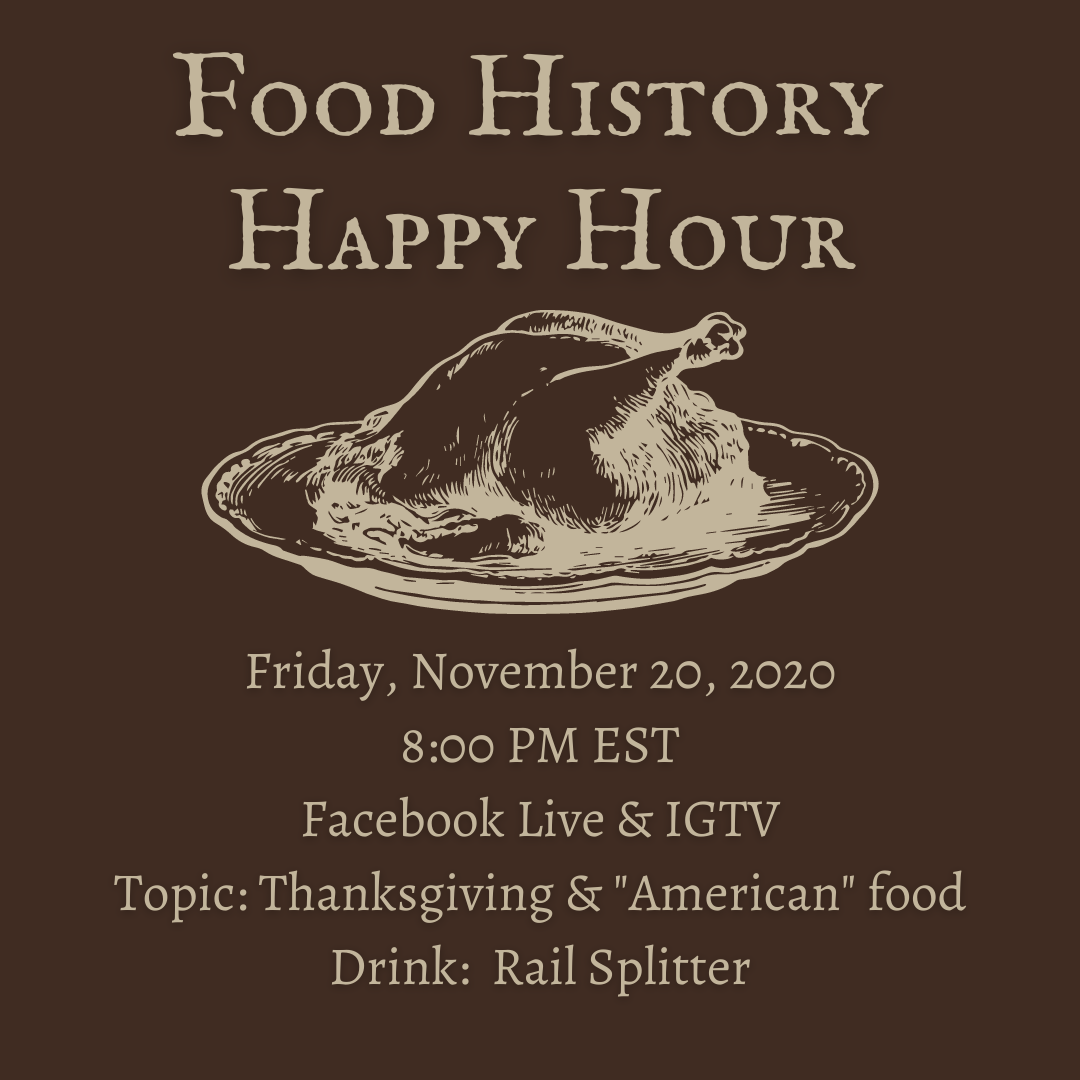
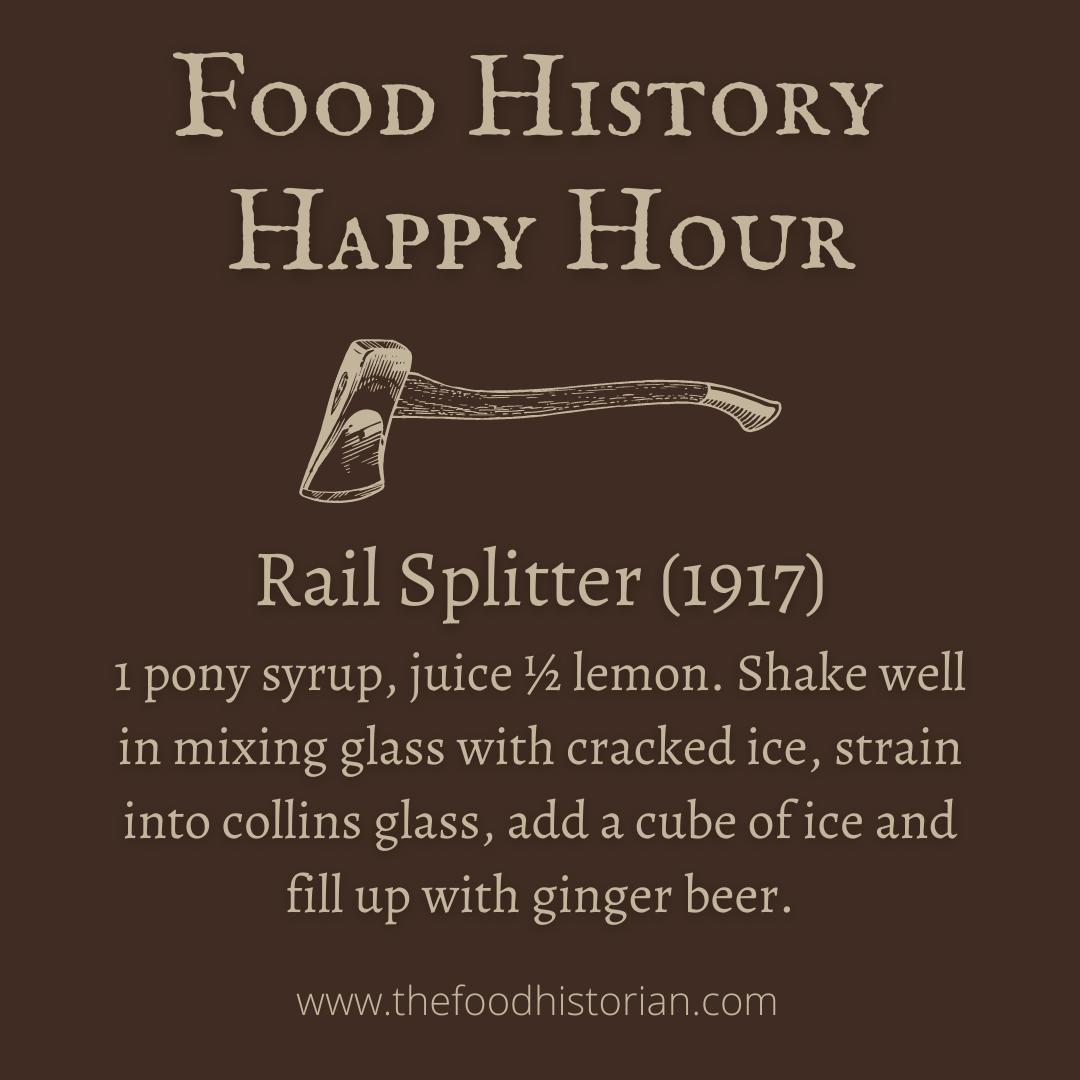
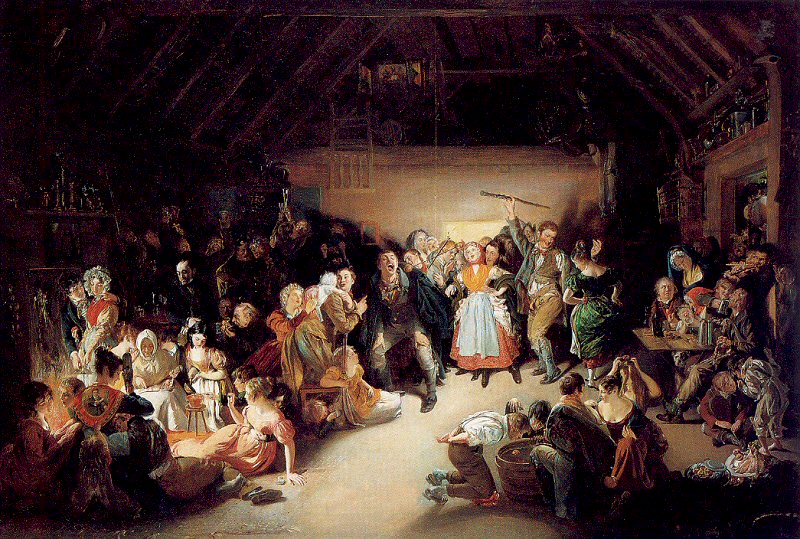
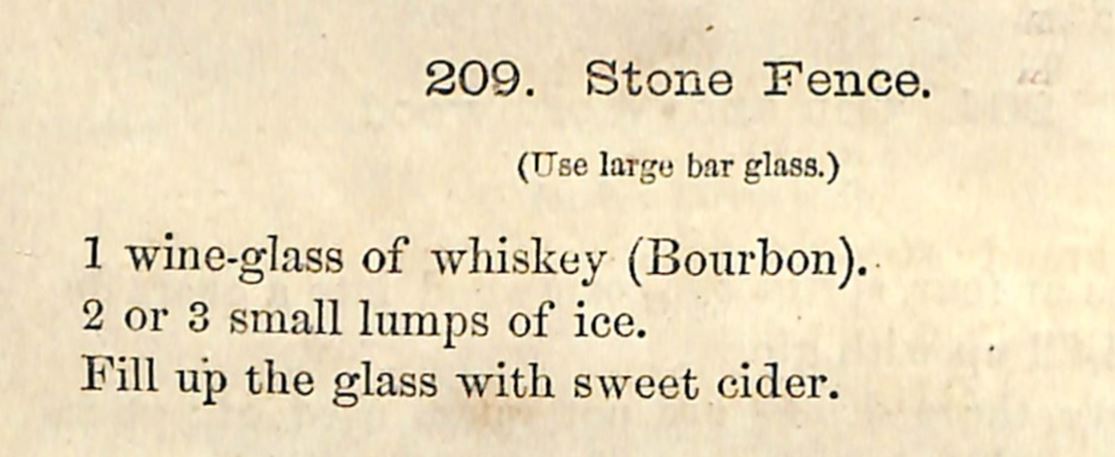

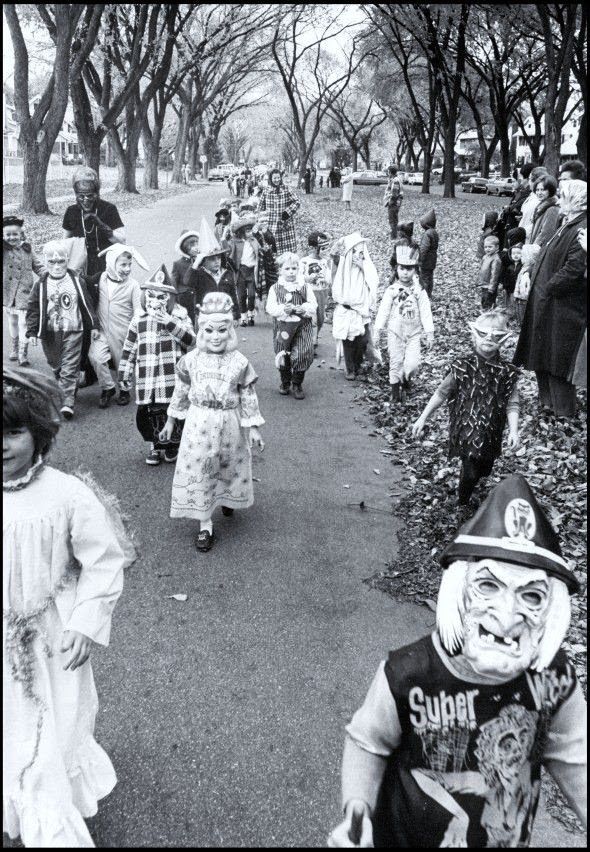
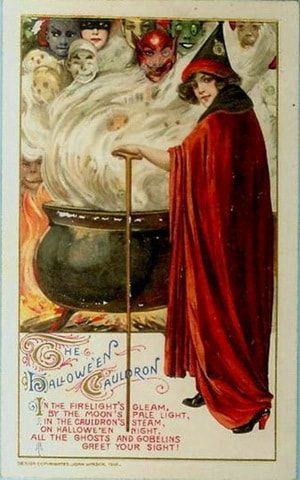
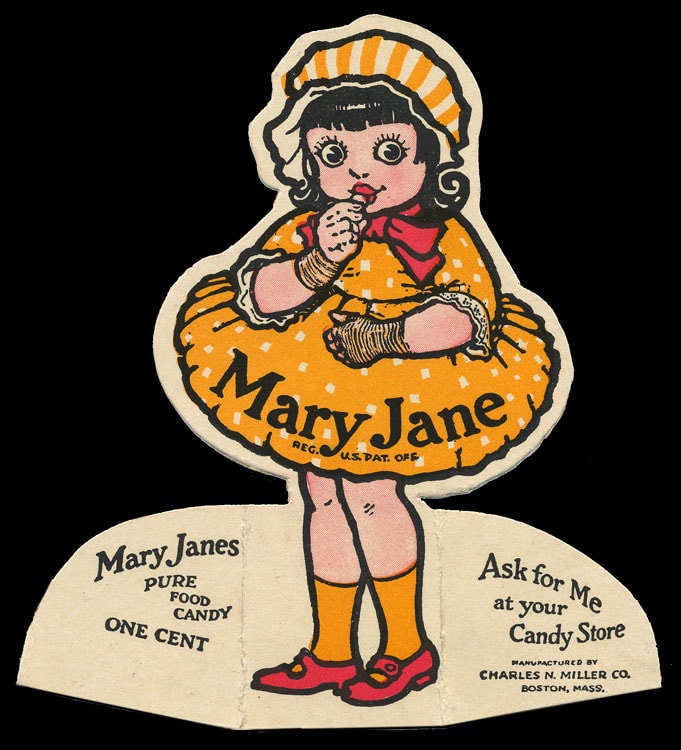
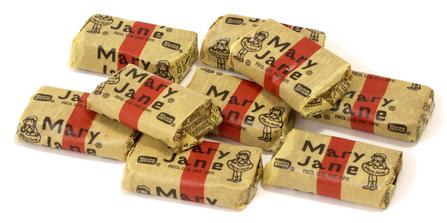
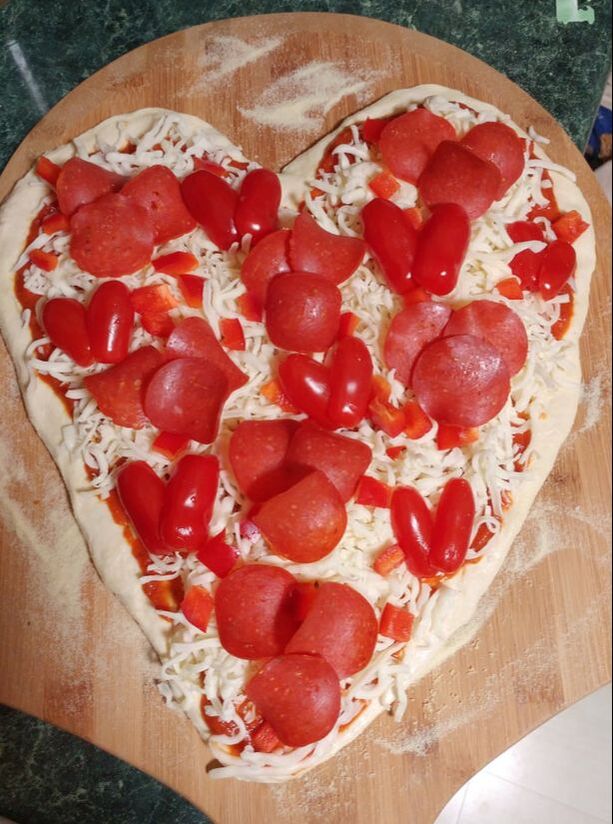
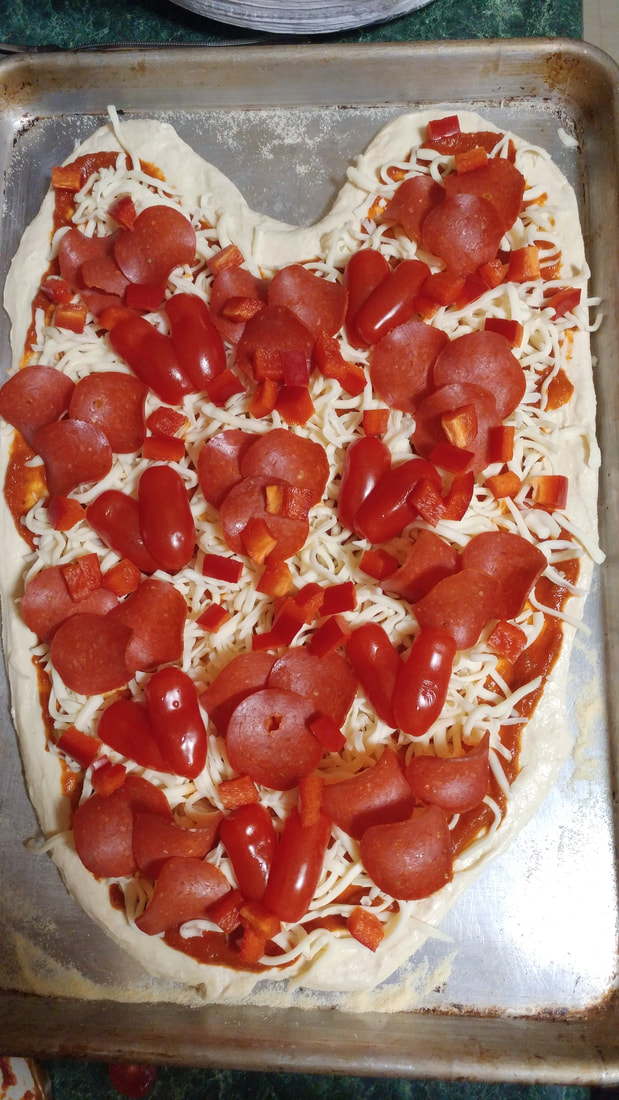
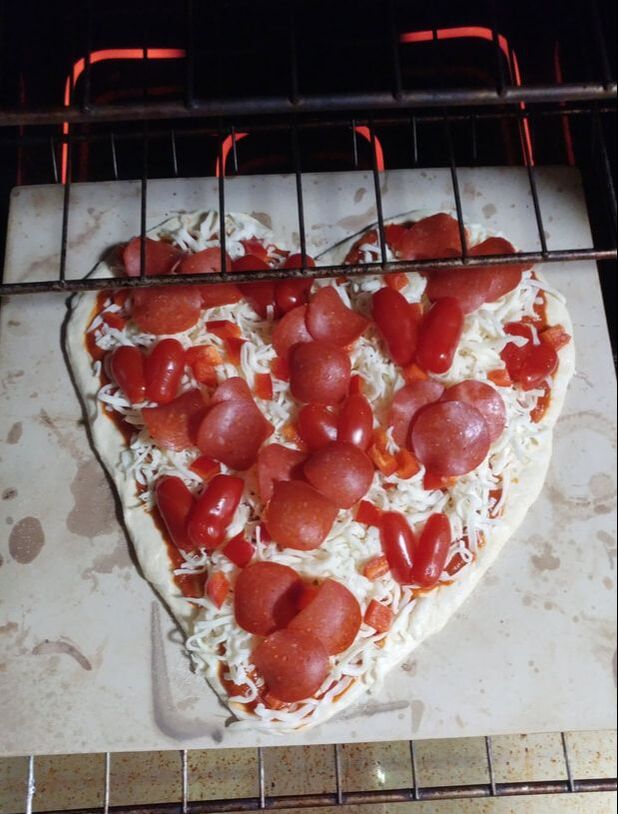
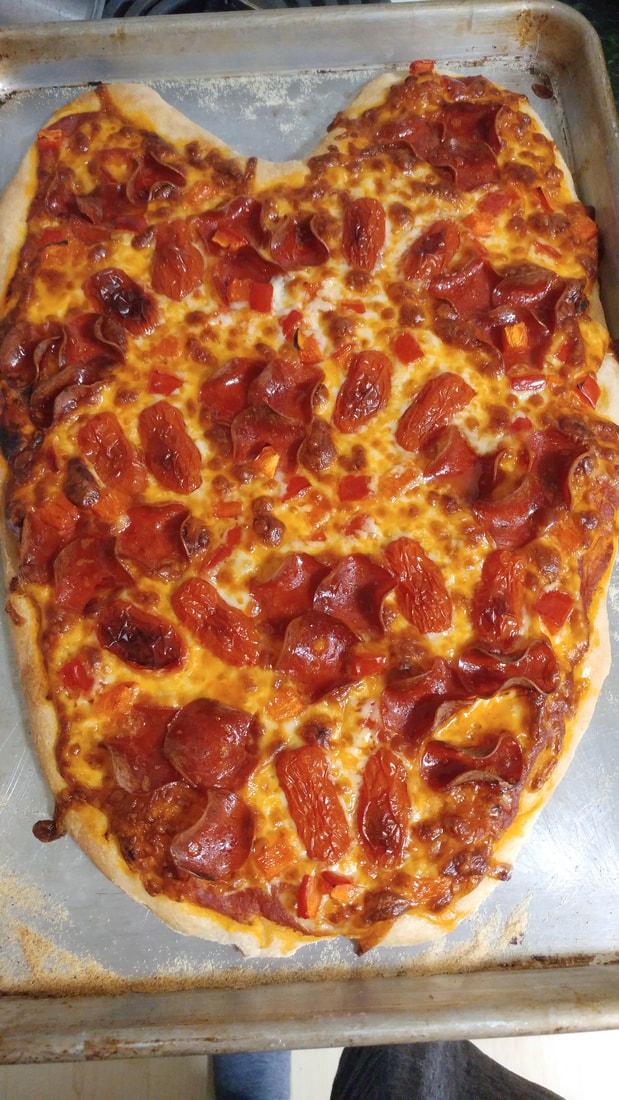
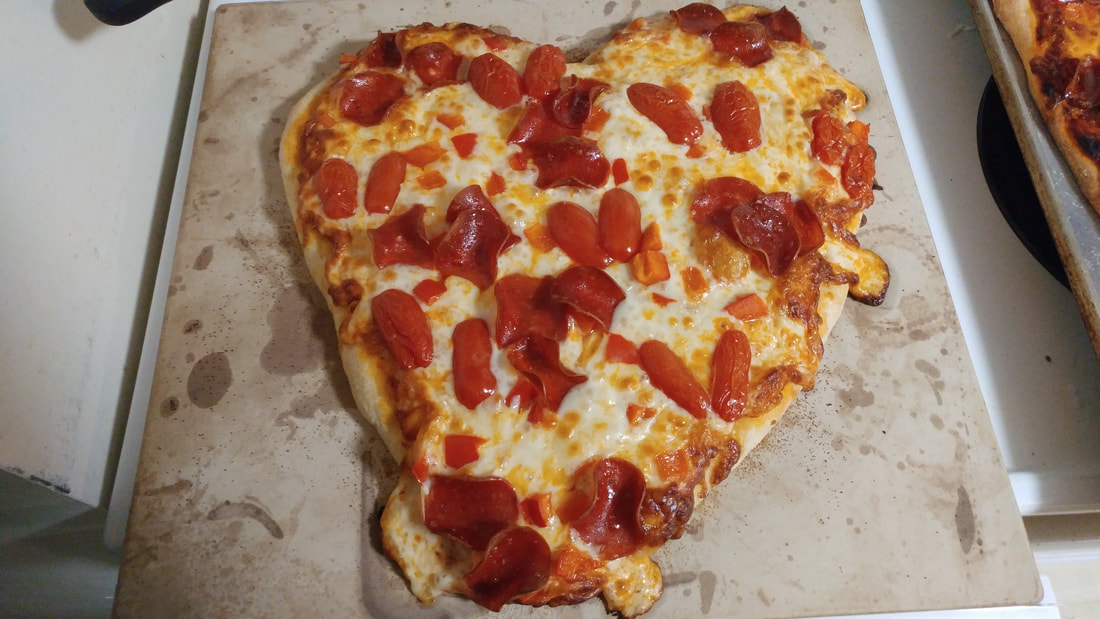
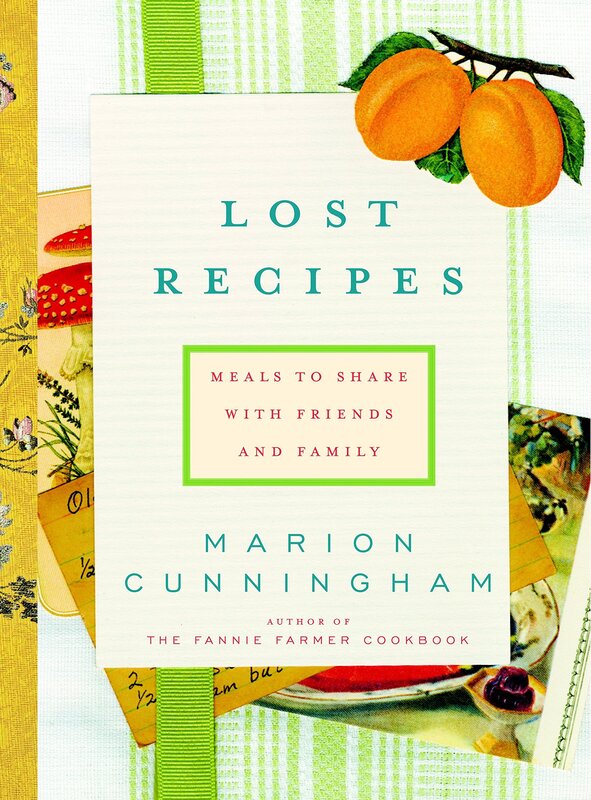
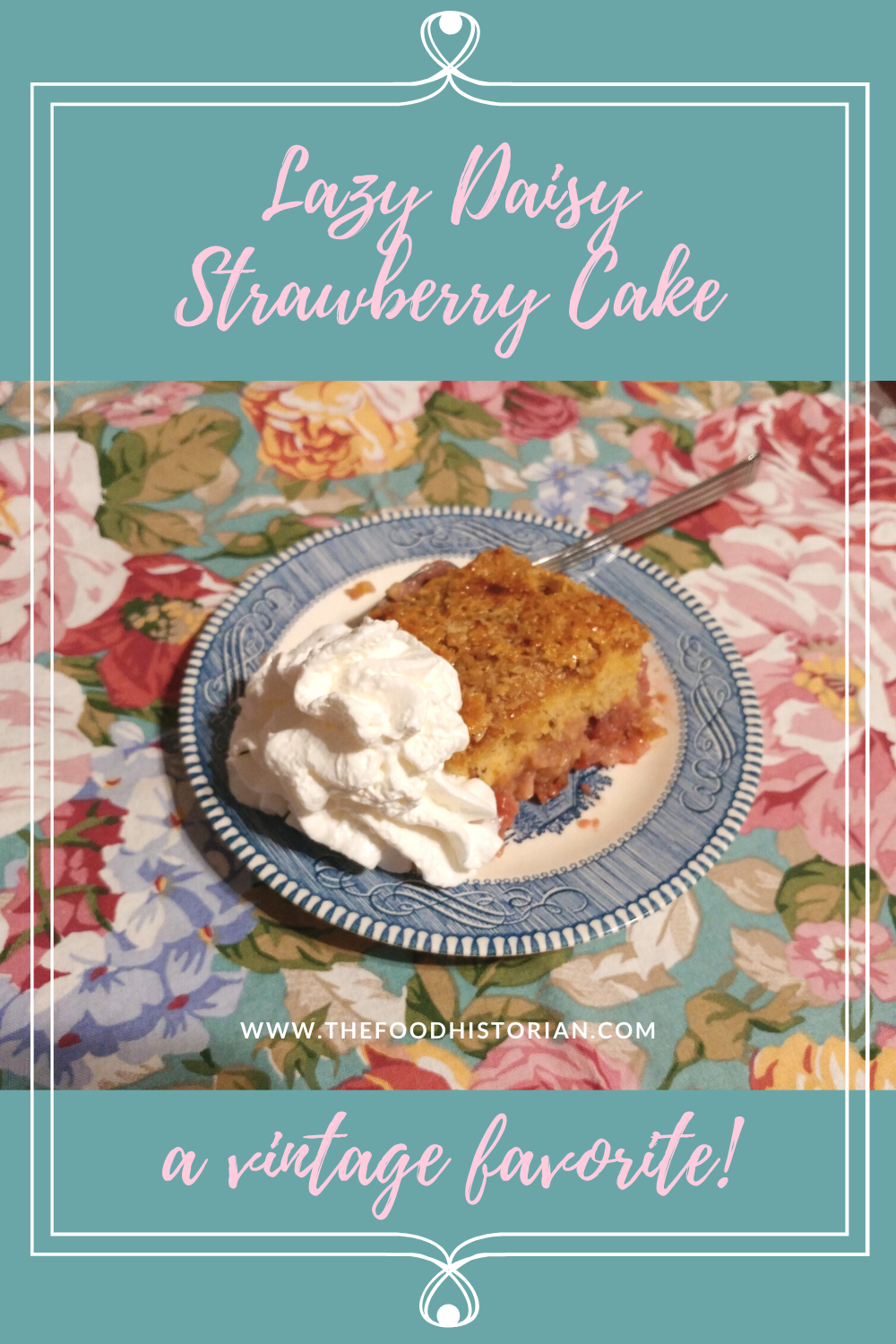
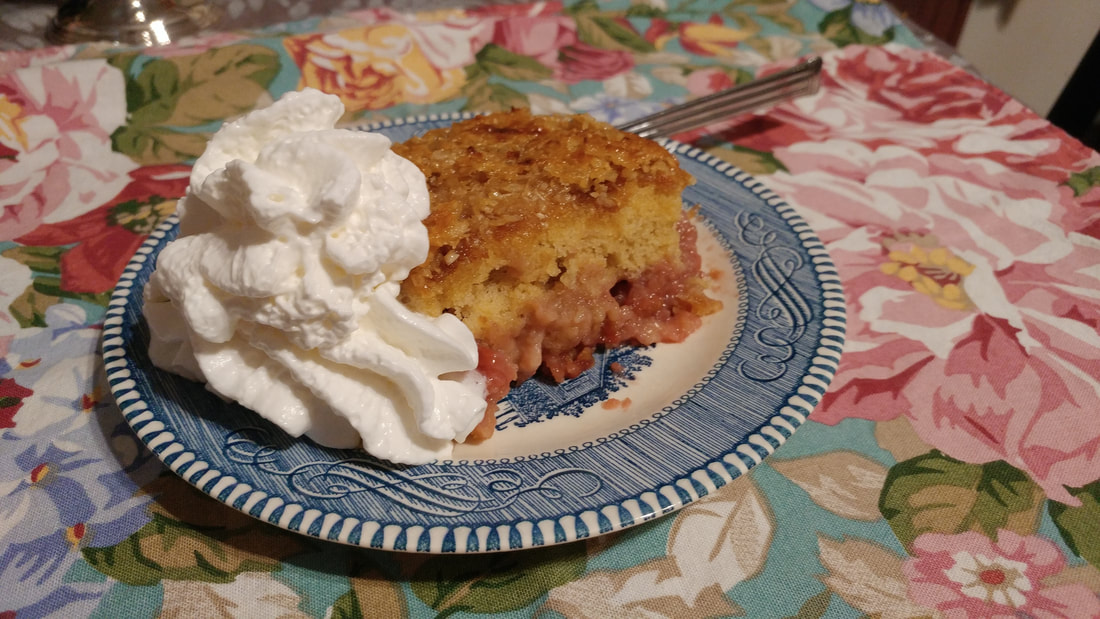

 RSS Feed
RSS Feed